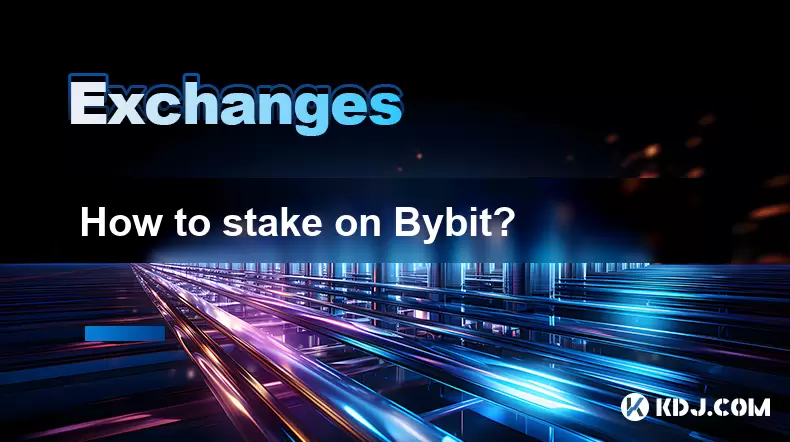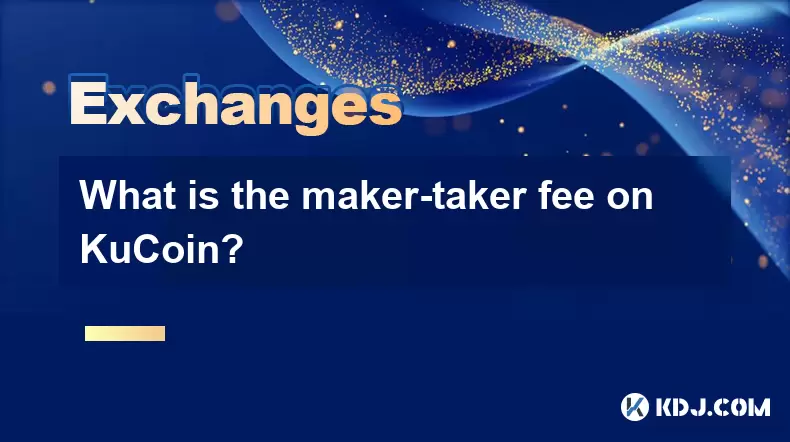-
 Bitcoin
Bitcoin $120400
1.77% -
 Ethereum
Ethereum $3615
7.90% -
 XRP
XRP $3.580
17.84% -
 Tether USDt
Tether USDt $1.001
0.06% -
 BNB
BNB $729.4
1.25% -
 Solana
Solana $179.9
5.04% -
 USDC
USDC $0.0000
0.01% -
 Dogecoin
Dogecoin $0.2311
8.22% -
 TRON
TRON $0.3226
4.04% -
 Cardano
Cardano $0.8490
12.85% -
 Hyperliquid
Hyperliquid $46.45
0.72% -
 Stellar
Stellar $0.4913
8.54% -
 Sui
Sui $4.027
2.00% -
 Chainlink
Chainlink $18.51
11.67% -
 Hedera
Hedera $0.2818
21.51% -
 Avalanche
Avalanche $24.03
7.40% -
 Bitcoin Cash
Bitcoin Cash $508.5
2.90% -
 Shiba Inu
Shiba Inu $0.00001496
3.24% -
 UNUS SED LEO
UNUS SED LEO $8.961
1.83% -
 Toncoin
Toncoin $3.264
3.13% -
 Litecoin
Litecoin $104.6
8.15% -
 Polkadot
Polkadot $4.389
6.11% -
 Uniswap
Uniswap $9.924
10.63% -
 Monero
Monero $337.9
0.49% -
 Pepe
Pepe $0.00001376
2.79% -
 Bitget Token
Bitget Token $4.830
2.46% -
 Ethena USDe
Ethena USDe $1.001
0.05% -
 Dai
Dai $1.000
0.02% -
 Aave
Aave $325.2
1.66% -
 Bittensor
Bittensor $423.7
-0.85%
How to stake on Bybit?
Bybit allows users to stake cryptocurrencies like ETH, SOL, and ADA to earn rewards, offering a secure and accessible way to generate passive income while supporting blockchain networks.
Jul 18, 2025 at 05:56 pm

What is Staking on Bybit?
Staking on Bybit refers to the process of locking up certain cryptocurrencies in a wallet to support the operations of a blockchain network. In return, users earn rewards in the form of additional tokens. Bybit offers a staking platform where users can participate in staking various proof-of-stake (PoS) and DeFi-based projects. This feature allows users to earn passive income while contributing to the security and efficiency of the networks they support.
Bybit simplifies the staking process, making it accessible to both novice and experienced investors. Users can stake directly from their Bybit accounts without the need to transfer funds to external wallets or platforms, reducing the risk of loss or theft.
Supported Coins for Staking on Bybit
Bybit supports a wide range of cryptocurrencies for staking purposes. Some of the most popular staking coins include ETH (Ethereum), ATOM (Cosmos), SOL (Solana), ADA (Cardano), DOT (Polkadot), and many others. Each coin may have different staking durations, minimum staking amounts, and reward rates.
Before staking, it’s important to check the specific requirements for each cryptocurrency. For example, Ethereum requires a minimum of 0.01 ETH to begin staking, while other coins may have different thresholds. Bybit provides detailed information on each staking option, including estimated annual percentage yields (APYs) and lock-up periods.
Steps to Stake on Bybit
To begin staking on Bybit, follow these steps:
- Log in to your Bybit account and navigate to the "Earn" section, which is typically located in the main menu or dashboard.
- Click on "Staking" or "Staking & Savings" to view available staking opportunities.
- Browse the list of supported cryptocurrencies and select the one you wish to stake.
- Check the minimum staking amount, lock-up period, and estimated APY for the selected coin.
- Enter the amount you want to stake and confirm the transaction.
- Once confirmed, the staked coins will be locked for the specified period, and rewards will begin to accrue.
It’s important to note that some staking options may not allow early unstaking, so users should carefully consider their liquidity needs before committing funds.
Understanding Staking Rewards and APY
Staking rewards on Bybit are calculated based on several factors, including the total amount staked, network inflation rates, and validator performance. The annual percentage yield (APY) is an estimate of the potential return over a year, but it can fluctuate due to market conditions and network dynamics.
Bybit typically displays the estimated daily or weekly rewards alongside the APY for transparency. Users can track their staking earnings in real time under the "Earn" section of their accounts. Rewards are usually distributed periodically, such as daily or weekly, depending on the specific staking product.
It’s also worth noting that some staking products offer flexible terms, allowing users to unstake their assets at any time, albeit with potentially lower rewards. Fixed-term staking, on the other hand, often provides higher APYs in exchange for locking funds for a set duration.
Security and Risks Involved in Staking
While staking on Bybit is generally considered safe, users should be aware of potential risks. One of the primary risks is market volatility—if the price of the staked asset drops significantly, the overall value of the investment may decrease despite earning rewards.
Another consideration is the lock-up period associated with certain staking options. During this time, users cannot access their funds, which could be problematic in case of urgent financial needs. Additionally, while Bybit acts as a custodian for staked assets, users should ensure their accounts are secured with strong passwords and two-factor authentication (2FA) to prevent unauthorized access.
It’s also important to understand that staking rewards are subject to change based on network conditions and Bybit’s policies. Always review the latest terms and conditions before committing funds.
Frequently Asked Questions
Q: Can I unstake my assets before the lock-up period ends?
A: Some staking products on Bybit allow early unstaking, but they may impose penalties or reduce the earned rewards. Always check the specific terms of the staking product before committing.
Q: Are staking rewards taxable?
A: Tax regulations vary by jurisdiction. In many countries, staking rewards are considered taxable income, so users should consult a tax professional or refer to local regulations for accurate guidance.
Q: What happens to my staked assets if Bybit experiences a security breach?
A: Bybit employs robust security measures, including cold storage and insurance funds. However, there is always a risk associated with centralized platforms. Users should consider diversifying their holdings and using hardware wallets for large amounts.
Q: Can I stake stablecoins on Bybit?
A: Bybit does not offer staking for stablecoins like USDT or USDC because they are not typically used in proof-of-stake networks. However, users can explore other earning opportunities such as savings products or DeFi pools for stablecoin yield generation.
Disclaimer:info@kdj.com
The information provided is not trading advice. kdj.com does not assume any responsibility for any investments made based on the information provided in this article. Cryptocurrencies are highly volatile and it is highly recommended that you invest with caution after thorough research!
If you believe that the content used on this website infringes your copyright, please contact us immediately (info@kdj.com) and we will delete it promptly.
- XRP, Dogecoin, and Crypto Bills: What's Shaking in the Crypto World?
- 2025-07-18 20:50:13
- Trump, Family Business, and Power: A New Era of Conflicts?
- 2025-07-18 20:30:12
- Trump, Business, & Bitcoin: A Crypto Capitalist's Vision
- 2025-07-18 20:40:12
- MEXC's Q2 Domination: Riding the Crypto Wave to Market Leadership
- 2025-07-18 18:30:12
- Caldera (ERA) Takes Flight: Binance Listing Ignites Crypto Surge
- 2025-07-18 19:10:13
- Hex Trust and Algorand: Institutional Staking Rewards Take Center Stage
- 2025-07-18 19:50:13
Related knowledge

Is KuCoin a decentralized exchange?
Jul 18,2025 at 03:15pm
Understanding Decentralized Exchanges (DEXs)To determine whether KuCoin is a decentralized exchange, it's essential to first understand what defines a...

What is the maker-taker fee on KuCoin?
Jul 18,2025 at 12:42pm
Understanding the Maker-Taker Fee ModelThe maker-taker fee model is a pricing structure used by many cryptocurrency exchanges, including KuCoin, to de...

k mine's captal RAt boat but a toostorial isled.
Jul 18,2025 at 01:49pm
Understanding the KuCoin Spot Grid BotThe KuCoin Spot Grid Bot is a trading tool designed to help users profit from market volatility without the need...

KuCoin app not working
Jul 18,2025 at 09:21pm
Understanding the Common Issues with the KuCoin AppUsers often report that the KuCoin app not working properly on their devices. This can manifest in ...

Is KuCoin legal in Canada?
Jul 18,2025 at 04:14pm
Understanding the Legal Status of KuCoin in CanadaKuCoin is a global cryptocurrency exchange platform that allows users to trade various digital asset...

Is KuCoin Earn safe?
Jul 18,2025 at 10:14am
What is KuCoin Earn?KuCoin Earn is a service provided by the cryptocurrency exchange KuCoin that allows users to earn interest on their crypto holding...

Is KuCoin a decentralized exchange?
Jul 18,2025 at 03:15pm
Understanding Decentralized Exchanges (DEXs)To determine whether KuCoin is a decentralized exchange, it's essential to first understand what defines a...

What is the maker-taker fee on KuCoin?
Jul 18,2025 at 12:42pm
Understanding the Maker-Taker Fee ModelThe maker-taker fee model is a pricing structure used by many cryptocurrency exchanges, including KuCoin, to de...

k mine's captal RAt boat but a toostorial isled.
Jul 18,2025 at 01:49pm
Understanding the KuCoin Spot Grid BotThe KuCoin Spot Grid Bot is a trading tool designed to help users profit from market volatility without the need...

KuCoin app not working
Jul 18,2025 at 09:21pm
Understanding the Common Issues with the KuCoin AppUsers often report that the KuCoin app not working properly on their devices. This can manifest in ...

Is KuCoin legal in Canada?
Jul 18,2025 at 04:14pm
Understanding the Legal Status of KuCoin in CanadaKuCoin is a global cryptocurrency exchange platform that allows users to trade various digital asset...

Is KuCoin Earn safe?
Jul 18,2025 at 10:14am
What is KuCoin Earn?KuCoin Earn is a service provided by the cryptocurrency exchange KuCoin that allows users to earn interest on their crypto holding...
See all articles

























































































